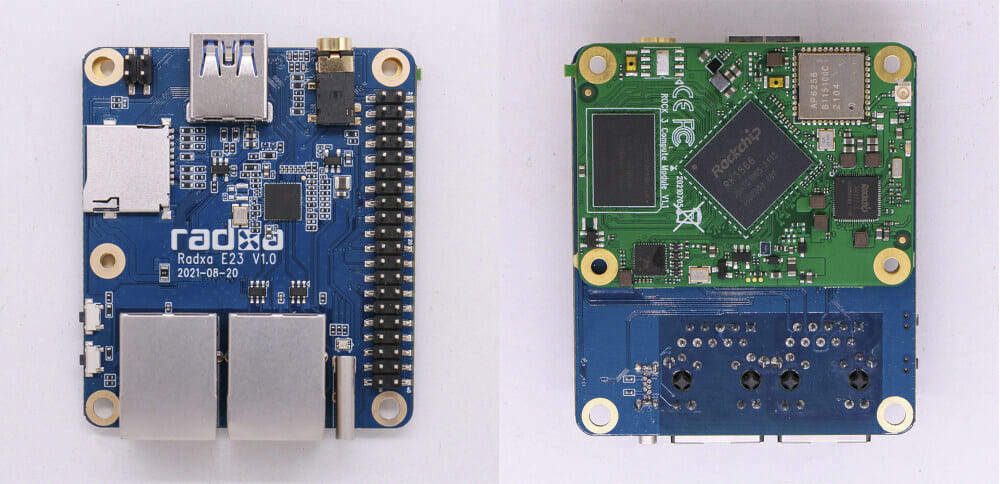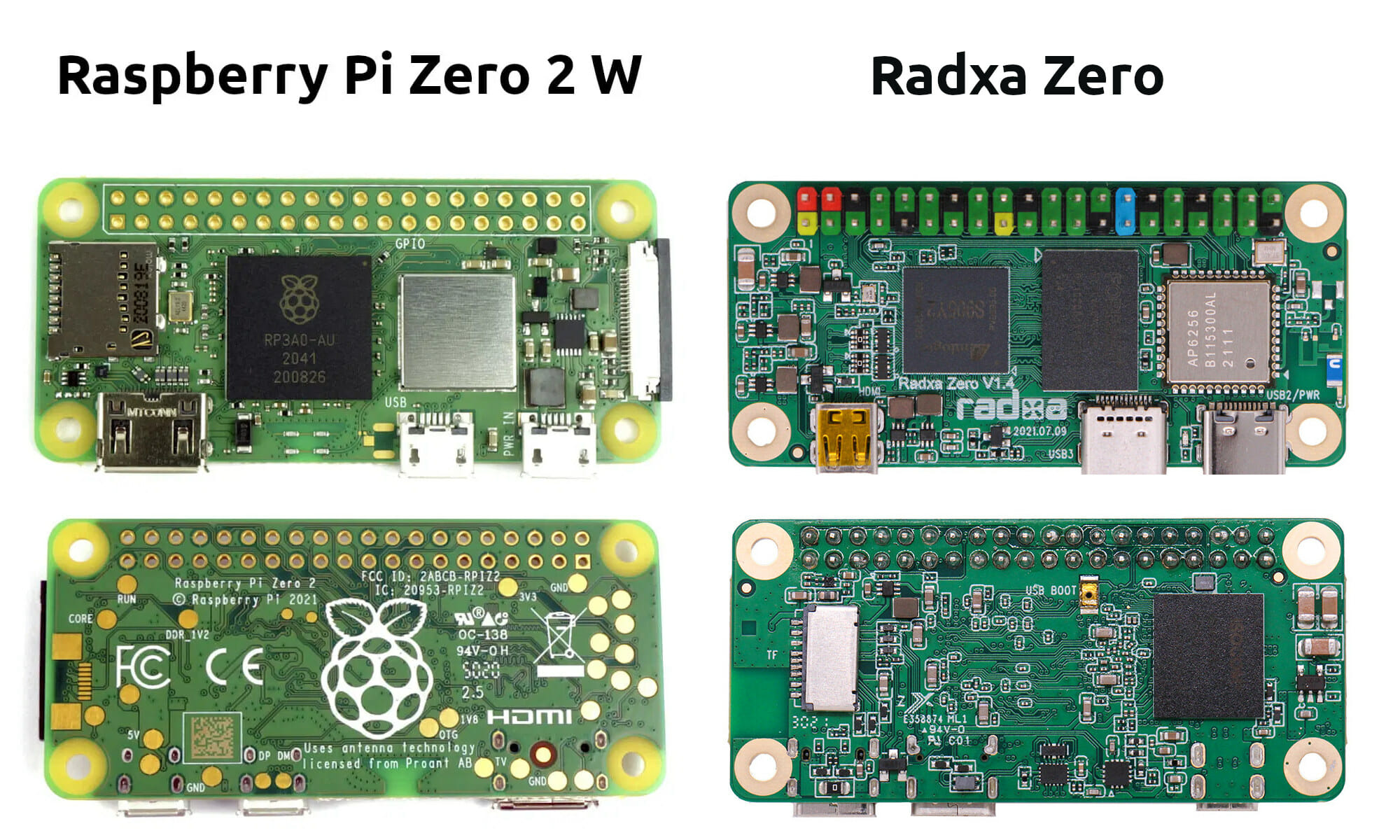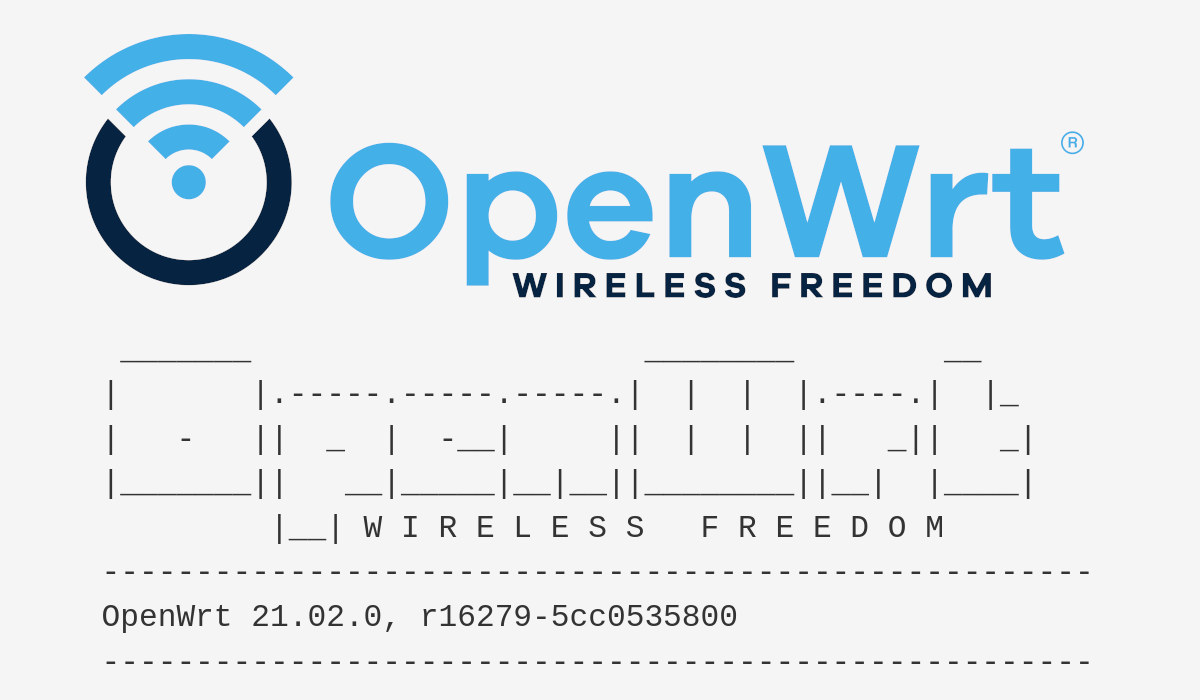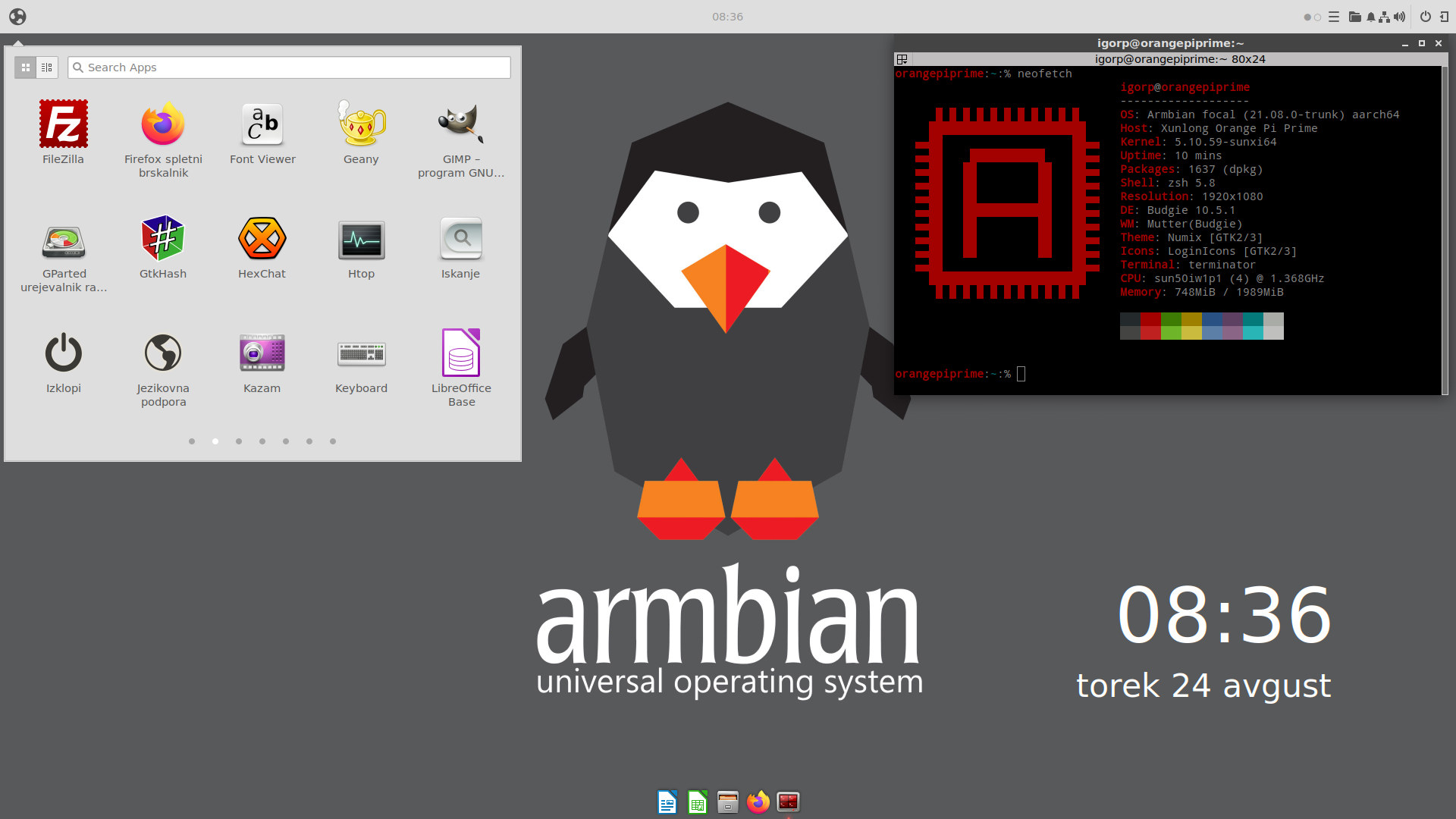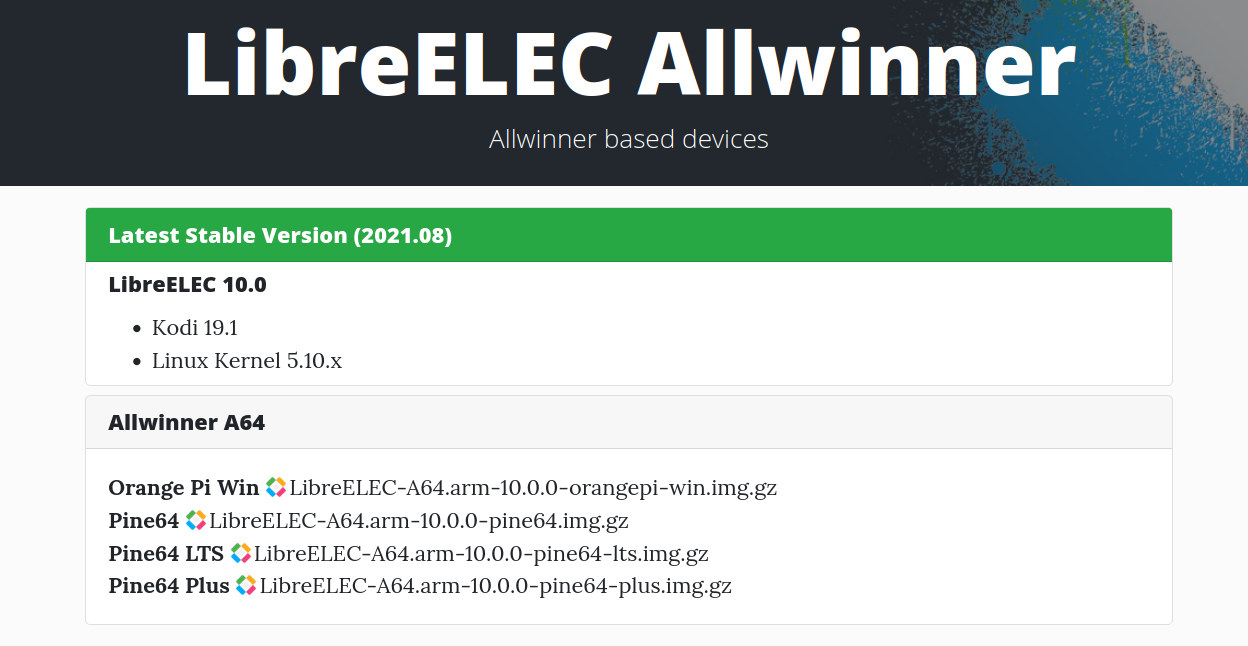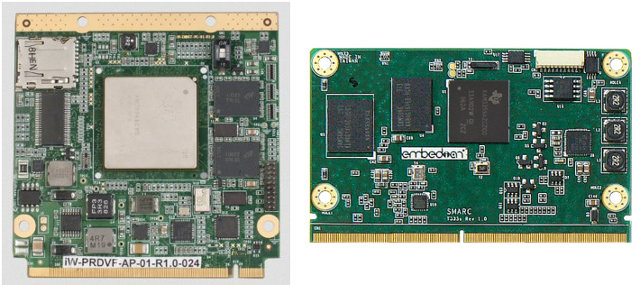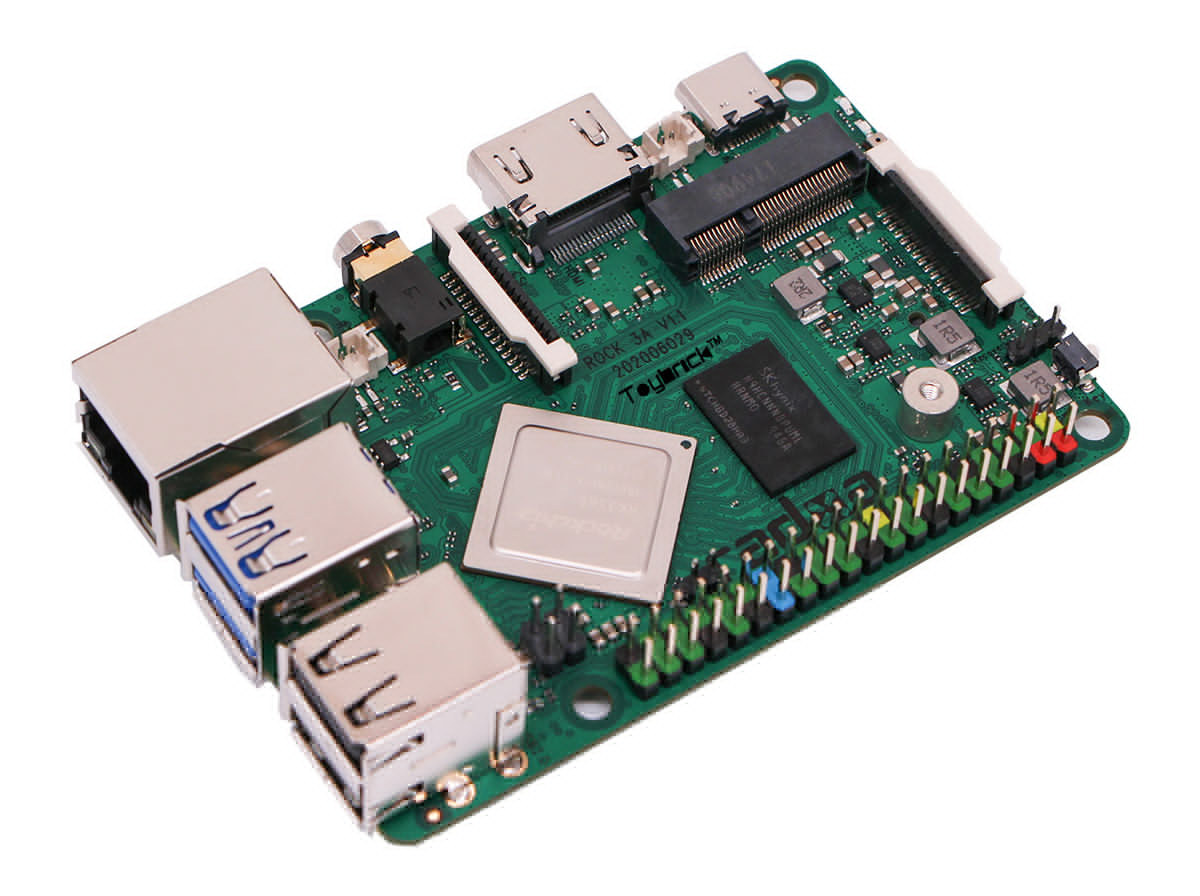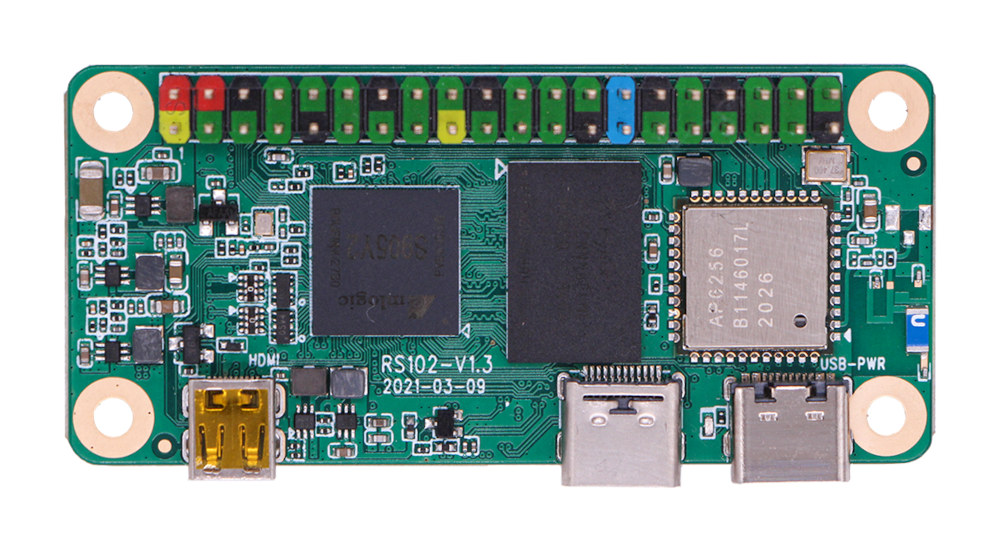Radxa CM3 is a system-on-module that offers an alternative to the Raspberry Pi CM4, with the same form factor allowing it to become a drop-in replacement, but switching from a Broadcom BCM2711 processor to a Rockchip RK3566 quad-core Cortex-A55 SoC. Radxa CM3 will work with existing carrier boards for the Raspberry Pi Compute Module 4, albeit some features such as dual HDMI are not available, instead, providing a single HDMI, but the module also offers extra features through an additional 100-pin board-to-board with interfaces such as SATA III and USB 3.0. Let’s compare Radxa CM3 specifications to the ones of Raspberry Pi CM4. Comparing Broadcom BCM2711 quad-core processor and Rockchip RK3566, as the Cortex-A72 may still be faster on some workloads despite the lower frequency, and some other workloads may be dramatically faster on RK3566, for example for those using Armv8 Crypto extensions missing on all Raspberry Pi, which we […]
Raspberry Pi Zero 2 W vs Radxa Zero – Features and benchmarks comparison
The just-announced Raspberry Pi Zero 2 W is not the first quad-core Arm SBC following Raspberry Pi Zero form factor, and back in 2017, the Banana Pi BPI-M2 Zero was introduced for $15, and the Radxa Zero was unveiled last June with an Amlogic S905Y2 SoC with price starting at $15 as well. With its Allwinner H2+ quad-core Cortex-A7 processor clocked at 1 GHz and a price bumped up to $23, the Banana Pi M2 Zero has mostly become irrelevant, but the Radxa Zero may still be considered by some people with a 1.8 GHz processor, and options for up to 4GB RAM, so let’s see how features compare against Raspberry Pi Zero 2 W, followed by some benchmark numbers. Raspberry Pi Zero 2 W vs Raxda Zero – Features If we just look at the comparison table, the Radxa Zero is equivalent or superior in almost every way, except […]
OpenWrt 21.02 released with WPA3, HTTPS, TLS enabled by default
OpenWrt 21.02 has just been released with higher security with WPA3, HTTPS & TLS enabled by default, as well as initial support for the Distributed Switch Architecture (DSA), the Linux standard for configurable Ethernet switches. OpenWrt is the most popular open-source Linux distribution for routers and entry-level Linux-capable embedded systems, and the latest release includes over 5800 commits since the release of OpenWrt 19.07 in January 2020. WPA3 was already supported in OpenWrt 19.07, but not enabled by default, OpenWrt 20.02 changes that, together with TLS thanks to trusted CA certificates from Mozilla. That means LuCi interface, wget, opkg package manager can all support HTTPS out-of-the-box. Note that HTTPS redirection can be disabled for LuCI in the configuration files. Another security change is that SELinux is now supported by OpenWrt, but not enabled by default. OpenWrt 21.02’s DSA implementation replaces the current swconfig system, but not all targets have been […]
Armbian 21.08 for Arm boards ships with latest Linux 5.10 LTS
Armbian provides stable releases four times a year, and Armbian 21.08 has just been released offering minimal, server or XFCE, Cinnamon and Budgie desktop Linux 5.10 LTS images for Arm boards, as well as a build system to customize your own image. If you’ve been using an Arm SBC that is NOT a Raspberry Pi board, you’ve probably been told to use Armbian, as the community is providing Debian and Ubuntu images for over 100 Arm boards that are either “Supported”, “WIP” (suitable for testing), or “CSC” (no official support, aka you’re on your own). Armbian 21.08 highlights (Note: EDGE are daily builds following daily builds of the Linux kernel and fresh packages from Debian sid, Ubuntu 21.04 “hirsute” or Ubuntu 21.10 “impish” userland): Based on Linux 5.10.59 released on August 15, 2021 Minimal, server or XFCE, Cinnamon, and Budgie desktop Fast automated language selection on the first run Regular […]
LibreELEC 10.0 minimal Linux OS for media playback released with Kodi 19.1
While most TV boxes and SBCs nowadays ship with or support a version of Android, people who just want the best viewing experience may prefer to switch to a Linux distribution such as LibreELEC or CoreELEC. The good news is that LibreELEC 10.0 has just been released with Kodi 19.1 and Linux 5.10 LTS. LibreELEC 10.0 is said to work well for Allwinner, Rockchip, and “Generic” Intel/AMD devices, while the Raspberry Pi 4 release’s codebase is rather new, and there may still be a few rough edges. Support for the previous generation Raspberry Pi boards has been dropped, and there’s no support for Amlogic platforms as CoreELEC already provides good support. Since LibreELEC 10.0 is based on Kodi 19.1, it benefits from the same features as Kodi 19 “Matrix” release including AV1 video decoding, a new skin, HDR support, and more. LibreELEC 10.1 support a wide range of single board […]
Overview and List of System-on-Module and Computer-on-Module Standards – Q7, SMARC, COM HPC, and More
A System-on-Module (SoM), also known as a Computer-on-Module (CoM), is a small board with the key components of a computer such as SoC, memory, and possibly others components such as PMIC (Power Management IC), an Ethernet PHY, as well as one or more connectors used to connect to a baseboard, also called carrier board, which features standard ports such as Ethernet (RJ45), USB ports, SATA, power jack and so on. The advantages of using of baseboard + SoM design compared to a single board are at least twofold: Most of the PCB design complexity is often around the CPU/SoC and high-speed buses connected to the CPU/SoC. So you could buy an SoM, design your own baseboard and get a complete design relatively in a short amount of time, with reduced development resources and costs. The design is modular, so you could easily upgrade from one SoM to another one. For […]
ROCK 3A SBC brings M.2 slots for NVMe SSD, WiFi 6 to Raspberry Pi form factor
Radxa ROCK 3A is a single board computer powered by Rockchip RK3568 quad-core Cortex-A55 processor that closely follows Raspberry Pi 3 Model B form factor like the early Rock Pi 4 SBC, but with a twist. By switching from a Rockchip RK3399 to a Rockchip RK3568, the board loses some CPU and GPU performance, but gains extra I/Os with enabled the company to add an additional M.2 slot with PCIe to ROCK 3A board, meaning it’s now possible to attach one NVMe SSD and another M.2 module like a WiFi 6 M.2 card. ROCK 3A preliminary specifications: SoC – Rockchip RK3568 quad-core Cortex A55 processor at up to 2GHz, with Mali G52 GPU, 0.8TOPS NPU System Memory – 2GB, 4GB, 8GB LPDDR4 3200MT/s, up to 1560MHz Storage Pluggable eMMC module MicroSD card slot M.2 M key socket for NVMe with PCIe 3.0 x2 lanes 4MB SPI flash with support for […]
Radxa Zero SBC – A powerful quad-core alternative to Raspberry Pi Zero W
Radxa Zero SBC follows Raspberry Pi Zero W form factor, but thanks to an Amlogic S905Y2 quad-core Cortex-A53 processor clocked at up to 2.0 GHz offers much higher performance, which Radxa says corresponds to about 70% of Raspberry Pi 4 CPU performance. The tiny Arm Linux board comes with up to 4GB RAM, 16GB eMMC flash, and either AP6212 or AP6256 wireless module. plus all interfaces from Raspberry Pi Zero W, but with a twist as the mini HDMI port is replaced by a micro HDMI port, and USB-C ports are used instead of micro USB ports. Radxa Zero preliminary specifications: SoC – Amlogic S905Y2 quad-core Cortex-A53 processor @ up to 2.0 GHz with Arm Mali-G31 MP2 GPU System Memory – 512MB RAM, 1GB, 2GB, or 4GB LPDDR4 Storage – MicroSD slot, optional 8GB or 16GB eMMC flash Video Output – micro HDMI port up to 4Kp60 Connectivity Ampak AP6212 […]


